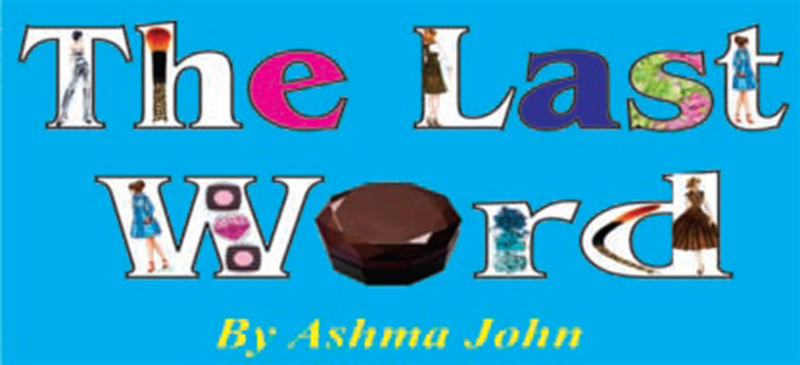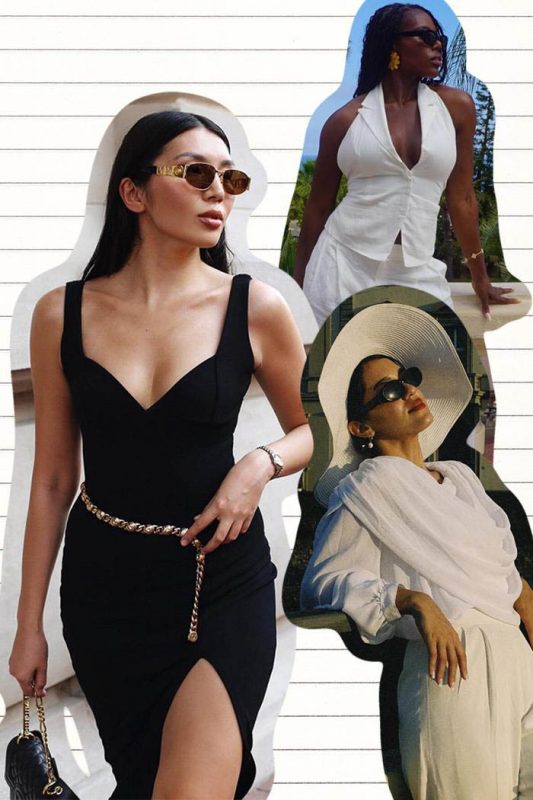
Over the past year, social media has exploded with style tips from influencers who have breathed new life into the old money fashion aesthetic. There has been a complete 360-degree turn from logo mania and nouveau riche fashion choices and, as some may want to say, not dressing like ‘never see, come to see’.
The old money aesthetic portrays a socialite lifestyle that is in most cases handed down from generation to generation. It embraces a preppy look, hobbies such as boating and golfing, and feels impenetrable when it comes to seasonal trends because it is, by itself, its very own aesthetic built around a lifestyle. Staple pieces from the old money wardrobe can include polos, quiet luxury (another way of referring to brands or pieces from a brand that aren’t immediately recognisable), loafers, white sneakers etc which all tend to be neutral colours. In its own subtle way, it tries to tell you ‘I’m seasoned to the worldly things’.
As inflation and inequality rise, it would feel strange to many that such a dressing trend among young people on TikTok, which supposedly seeks to imitate being born into a generational wealth lifestyle would be embraced. In reality, it is fashion mimicking a form of escapism for those who choose to participate. Fashion is the one art form that, whether we like it or not, we all have to participate in and how we decide to participate (by the choices we make) speaks volumes about how we are internalising the current state of affairs.
The hemline index, coined by economist George Taylor in 1926, explores how the hemlines of skirts change during times of prosperity and recession. With the hashtags #oldmoneyaesthetic and #oldmoney racking up over 320 million and one billion views respectively, it’s safe to say that there appears to be a cultural shift in how we are consuming fashion, given the current economic climate and even more so with social media in play to document everything.
This old money aesthetic could be seen by many as acting rich and enforcing social status and barriers but perhaps that is not completely true. The old money aesthetic is primarily focused on quality as opposed to quantity. It is not determined by constantly changing trends but rather, in some cases, embraces a more sustainable approach to fashion.
Contrastingly it can also seem on one hand old and outdated whilst on the other in search of nostalgia. According to Psychology Professor Krystine Batcho, “Change can threaten well-being, especially when it requires a new set of skills to meet new demands. Stress can accompany unexpected or extreme change, since our ability to control situations depends upon a reasonable degree of predictability. Nostalgia is a bittersweet yearning for the past. It’s sweet because it allows us to momentarily relive good times; it’s bitter because we recognise that those times can never return. Research has shown that a nostalgic yearning for the past is especially likely to occur during periods of transition, like maturing into adulthood or ageing into retirement. Dislocation or alienation resulting from military conflict, moving to a new country or technological progress can also elicit nostalgia.”
Perhaps the revival of the old money aesthetic could be a result of the combination of living in a post-covid world, whilst simultaneously dealing with economic instability, geopolitical tensions and climate change. Perhaps at its core, Gen Z (the TikTok users) aren’t trying to project wealth or social status but rather signal that the reality we are in is giving what it’s supposed to give even with all the options and development.
